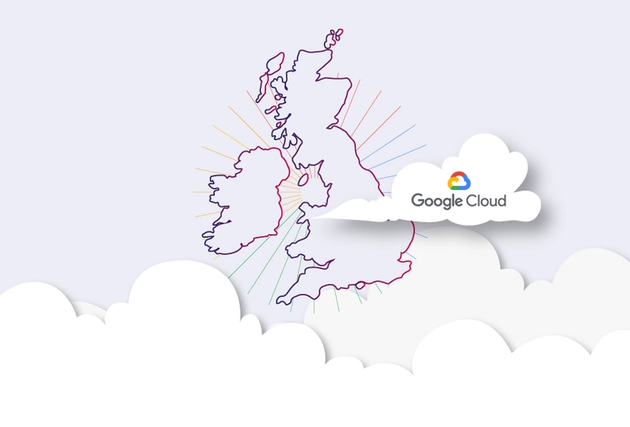What Is DataOps and How to Use it to Avert a Data Disaster
The ability to manage complex data operations might soon be the differentiator between striving or surviving as a business in today’s data-driven world.
Organisations often have to deal with large volumes of siloed, disparate data sources where assuring the quality and accuracy of data is a slow process, resulting in delayed analytic outcomes.
So, what can be done?
DataOps processes make it quicker, easier and more cost-effective to develop and deploy data products in the cloud.
In this blog, we discuss the concept of DataOps, outline the challenges of the modern enterprise in terms of dealing with data, and provide a detailed example of why any organisation that identifies as being a data-driven business can benefit from implementing DataOps practices.
What Is DataOps?
With data becoming the centrepiece of decision-making processes and an indispensable element in understanding customer needs, modern DataOps practices have emerged to address the management and quality assurance of data products.
The goal of DataOps is to transform data curation, integration, management and governance processes so data is both available and trusted throughout the organisation.
DataOps Vs DevOps Vs Agile
DevOps has been introduced to the software engineering community as a collection of practices that strengthen delivery capability and safeguard the development process all the way to, and beyond, production. Thanks to the alignment of engineering, IT and business teams, DevOps practices ensure timely product delivery, reducing the cost and risk associated with the development process.
DataOps is a similar concept but focusing on the end-to-end data flow, providing scalable and secure solutions that are able to adjust to complex data requirements that change in real-time. The collaboration between data champions (data engineers, analysts, BI and data scientists), IT and business results in fast, high-quality data delivered to the right teams, so they can make the most of what data has to offer through insights and AI automation.
Both DevOps and DataOps utilise agile practices, automation, working in short development cycles and relying on feedback loops to deliver high-quality solutions.
Why DataOps?
Across recent decades, data volumes have been exponentially increasing thanks to the world rapidly moving towards a digital age. Organisations not only have to store and manage their historic data but new challenges are arising due to certain use cases requiring the real-time curation and processing of data feeds. Data has to be available to various teams with different requirements within an organisation, and it has to be dealt with in a secure and ethical manner.
DataOps practices provide a viable solution for addressing and automating the full data lifecycle, democratising the data and empowering organisations to face any data challenge by creating resilient and agile solutions.
How to Implement DataOps
Challenges
Even though the volumes of data are increasing, data is often disconnected, siloed, untrusted and moving at a slow speed across an organisation. Under such circumstances, the value of data – the insights that can be derived from it – is unable to reach its full potential and is accompanied by the accumulation of technical debt.
Moreover, due to the ever-changing conditions in our world such as natural disasters or the recent pandemic, data is expected to chart never before seen behaviour.
So, how can organisations prepare for and address these challenges?
Best Practices
A cloud (data) platform is the first step on any organisation's digital transformation journey in the implementation of modern data management practices.
DataOps practices promote automation through data pipelines, ensure data observability, governance and monitoring of business metrics, allow integration with modern applications and enable data meshes to unlock the power of analytics at scale.
When implemented with the right practices in mind, data becomes a powerful tool that can be used to understand and predict arising challenges, allowing organisations to respond quickly and pivot when needed.
Example
Follow the journey of Katy in the infographic below for an example on why and how she implemented DataOps at a major Australian bank, and then map out the steps your organisation can take today to achieve more impactful analytic outcomes.
At Contino, we’ve developed our own DataOps maturity assessment that provides a quantified measure of your organisation’s DataOps-readiness. We also offer data discovery services for when you have a specific use case in mind but don’t know where to start - get in touch.








